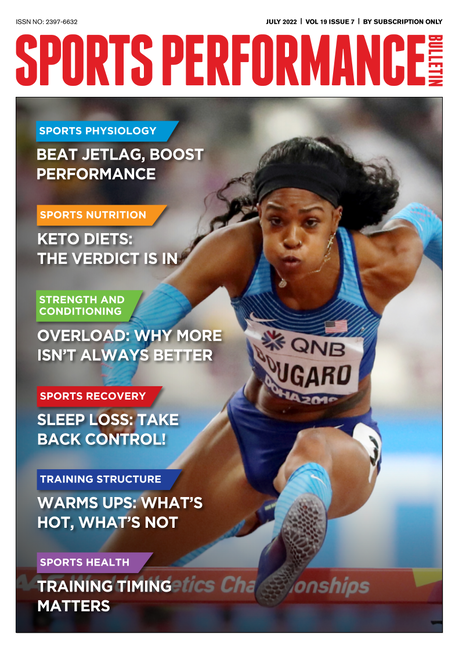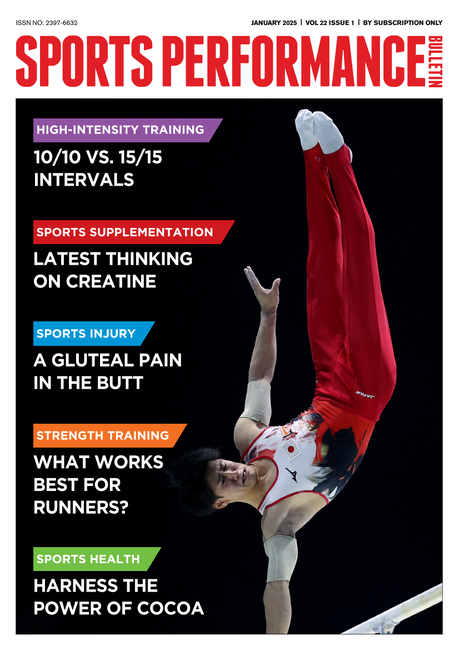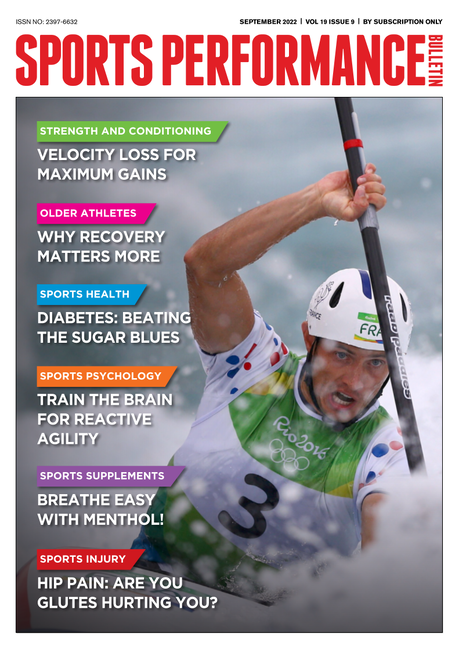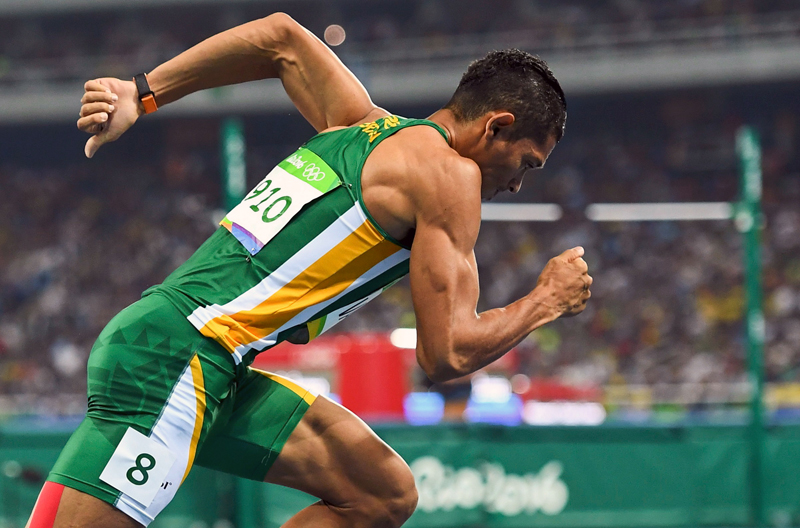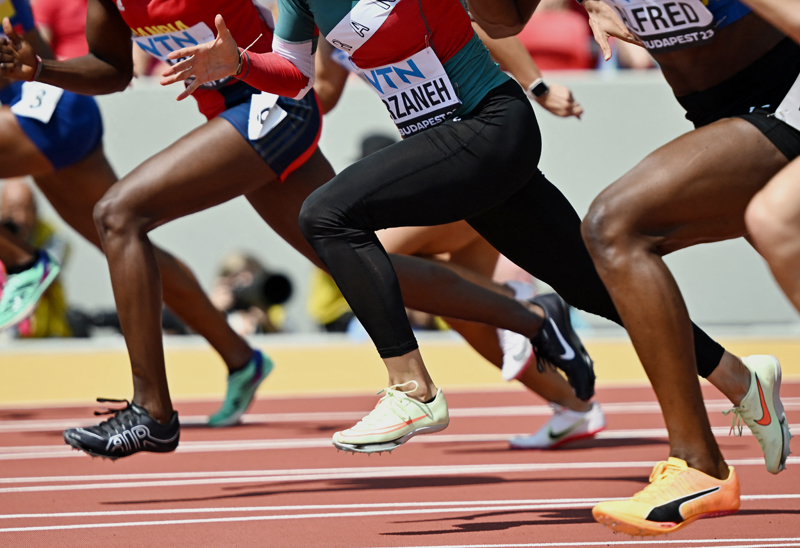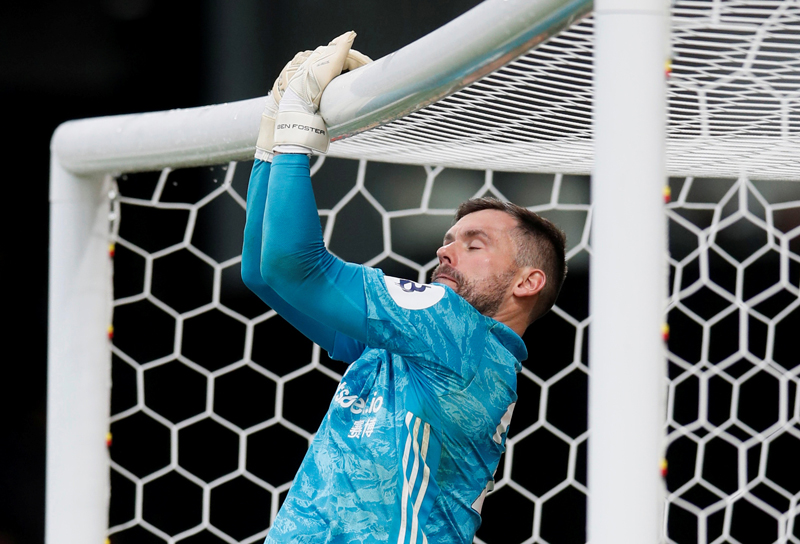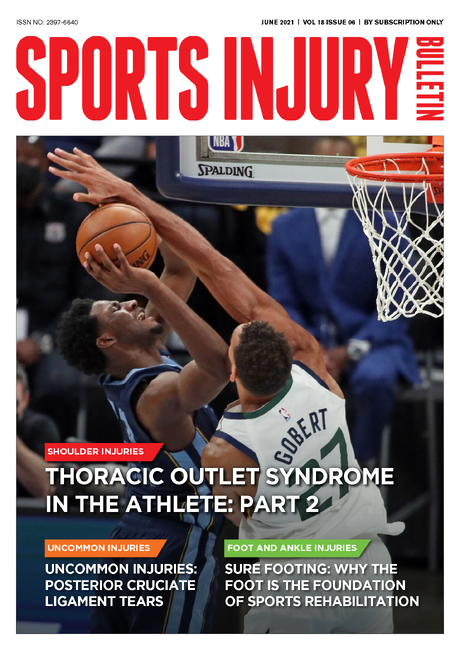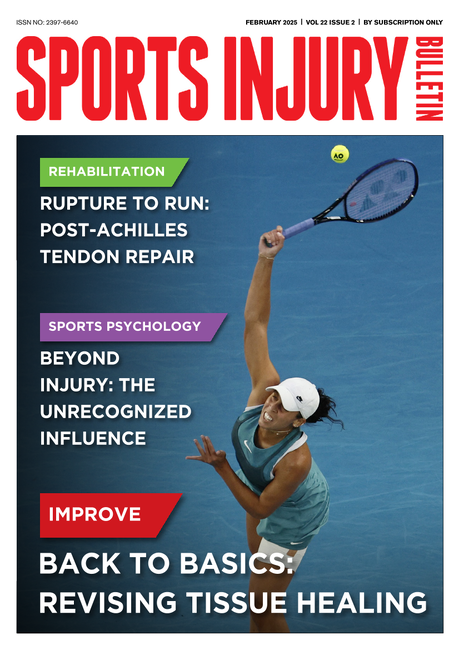You are viewing 1 of your 1 free articles. For unlimited access take a risk-free trial
Gender Performance
Will women ever outpace men?
Will females ever outpace males in running events? Time and again this question has led to fierce debate within the lay and scientific community (1-6). Performance differentials between men and women are most commonly attributed to such issues as body size and composition, with men tending to be larger than women, with a lower percentage of body fat combined with a higher relative muscle mass. From this perspective, there is not the slightest chance of a female being the fastest human on the planet over 100m or 200m, argue Professor Ralph Beneke and Dr Renate Leithäuser.Men also have a higher aerobic capacity and a bigger absolute and relative mass of haemoglobin than women. But, while these attributes appear to give men an advantage in endurance events, their greater muscle mass can be a disadvantage in such events.
Rapid improvements in female marathon performance between 1963 and 1984 (see figure 1, below) served to support the idea that women might one day outpace men in long-distance events (4). However, marathon performances by both sexes are more likely to reflect historical than biological factors.
Figure 1: graph showing reductions in male and female world-best marathon times from 1908, with projections to 2050. Note that the model implies women will never outpace men in the marathon

Male marathoners demonstrated huge improvements during the early years of the last century, after the current marathon distance was established as an Olympic event. After near- stagnant progress between the 1920s and 50s, a new period of rapid improvement was ushered in by scientific progress in coaching and sports medicine, although the rate of improvement slowed down significantly after the 1970s.
The lack of improvement in female marathon performance between 1926 and 1963 can be attributed to the fact that women could not officially participate in marathon races. In fact, in spite of dramatic improvements in female performance during the 1970s, 80s and 90s, it wasn’t until 1984 that the marathon became a female Olympic event.
However, men have always been faster than women over every Olympic distance, and a model applied on all world best results over the marathon distance set since 1908 predicts an endpoint of marathon performance in females at two hours, 15 minutes (see figure 1). This prediction may be a rather conservative if not pessimistic view, particularly in the light of the fact that this time was almost reached (by the UK’s Paula Radcliffe) in 2003. However, when applied to males, the model forecasts faster times than previously predicted (1:57:46). Irrespective of whether such a model allows for meaningful extrapolations to the near or far future, it clearly supports the idea of a near- plateau in gender differences at this distance (6,7). Further analyses supported the idea of a steady gender difference of about 10% in races up to 200km (8). Nevertheless, there are some important factors that may favour women over very long distances.
Any form of exercise starts a series of acute physiological reactions involving activation of the hormonal and autonomic nervous system. These responses affect, in turn, the conversion of food to energy and the subjective perception of exercise (9). And there is evidence that these effects are highly gender-specific (10).
There is some evidence that women can run aerobically at a higher percentage of their maximal oxygen uptake than men (7). During the early phase of a 90-minute run, women were able to convert more fat to energy than men; and, more importantly, if a carbohydrate drink was provided during the run, they were able to convert a greater relative proportion of it to energy than men.
The implication of this research is that carbohydrate ingestion, which is particularly common in longer events, is likely to be more effective in conserving the body’s own glycogen stores in women than in men, which would be particularly conducive to success in races longer than the marathon.
Other research has shown that women are more resistant than men to the potentially damaging oxidative stress that accompanies endurance exercise (11). This is partly because they have more effective mechanisms for breaking down fats into their constituent fatty acids – a process known as ‘lipolysis’ which acts as a defence against oxidative stress (12).
Growth hormone levels increase during acute exercise and are thought to promote positive adaptations to training and recovery. Higher natural levels of growth hormone have been seen in women than in men (13).
Whether or not such findings provide meaningful clues to whether or not women will be able to close the performance gap in races up to 200k, consistent male superiority is already a matter of history in possibly the most challenging ultra-race, the Badwater Ultramarathon. This event, starting in California’s notoriously inhospitable Death Valley, is a 216k one-stage race performed at temperatures up to 55°C and bedevilled by challenging uphill and downhill stretches, as illustrated in figure 2 below.
Figure 2: elevation profile of the challenging Badwater Ultramarathon

Males dominated this event during the 1980s and 90s. However, despite the fact that women have less effective mechanisms than men for regulating their body heat in extremely hot environments (14), in both 2002 and 2003 a female ultra-runner outpaced the fastest male by about 4.5 and 0.5 hours, respectively. Furthermore, in each of the last three years, up to three women have been within the first five finishers – particularly impressive given that this is a race that has always attracted significantly more male than female participants.
Will females consistently outpace males over such ultra distances in the future? That may soon be a matter of fact rather than conjecture.
Professor Ralph Beneke (BSc, MD, PhD) and Dr Renate Leithäuser (MD, PhD) are both physicians and sports and exercise scientists at the University of Essex. They are both involved in the training of world class athletes
References
Br J Sports Med 39(7):410
Nature 431:525, 2004
Science 305:639-640, 2004
J Appl Physiol 67:453-465, 1989
Nature 355:25, 1992
J Sports Med Phys Fitness 44(1):8-14, 2004
Int J Sport Nutr Exerc Metab 13(4):407-421, 2003
Can J Appl Physiol 29:139-145, 2004
J Endocrinol Invest 26(9):879-85, 2003
Pain 96(3):335-342, 2002
Arch Med Res 35(4):294-300, 2004
Eur J Appl Physiol 85:151-156, 2001
J Endocrinol Invest 27(2):121-129, 2004
Sports Med 229(5):329-359, 2000
Newsletter Sign Up
Testimonials
Dr. Alexandra Fandetti-Robin, Back & Body Chiropractic
Elspeth Cowell MSCh DpodM SRCh HCPC reg
William Hunter, Nuffield Health
Newsletter Sign Up
Coaches Testimonials
Dr. Alexandra Fandetti-Robin, Back & Body Chiropractic
Elspeth Cowell MSCh DpodM SRCh HCPC reg
William Hunter, Nuffield Health
Keep up with latest sports science research and apply it to maximize performance
Today you have the chance to join a group of athletes, and sports coaches/trainers who all have something special in common...
They use the latest research to improve performance for themselves and their clients - both athletes and sports teams - with help from global specialists in the fields of sports science, sports medicine and sports psychology.
They do this by reading Sports Performance Bulletin, an easy-to-digest but serious-minded journal dedicated to high performance sports. SPB offers a wealth of information and insight into the latest research, in an easily-accessible and understood format, along with a wealth of practical recommendations.
*includes 3 coaching manuals
Get Inspired
All the latest techniques and approaches
Sports Performance Bulletin helps dedicated endurance athletes improve their performance. Sense-checking the latest sports science research, and sourcing evidence and case studies to support findings, Sports Performance Bulletin turns proven insights into easily digestible practical advice. Supporting athletes, coaches and professionals who wish to ensure their guidance and programmes are kept right up to date and based on credible science.

